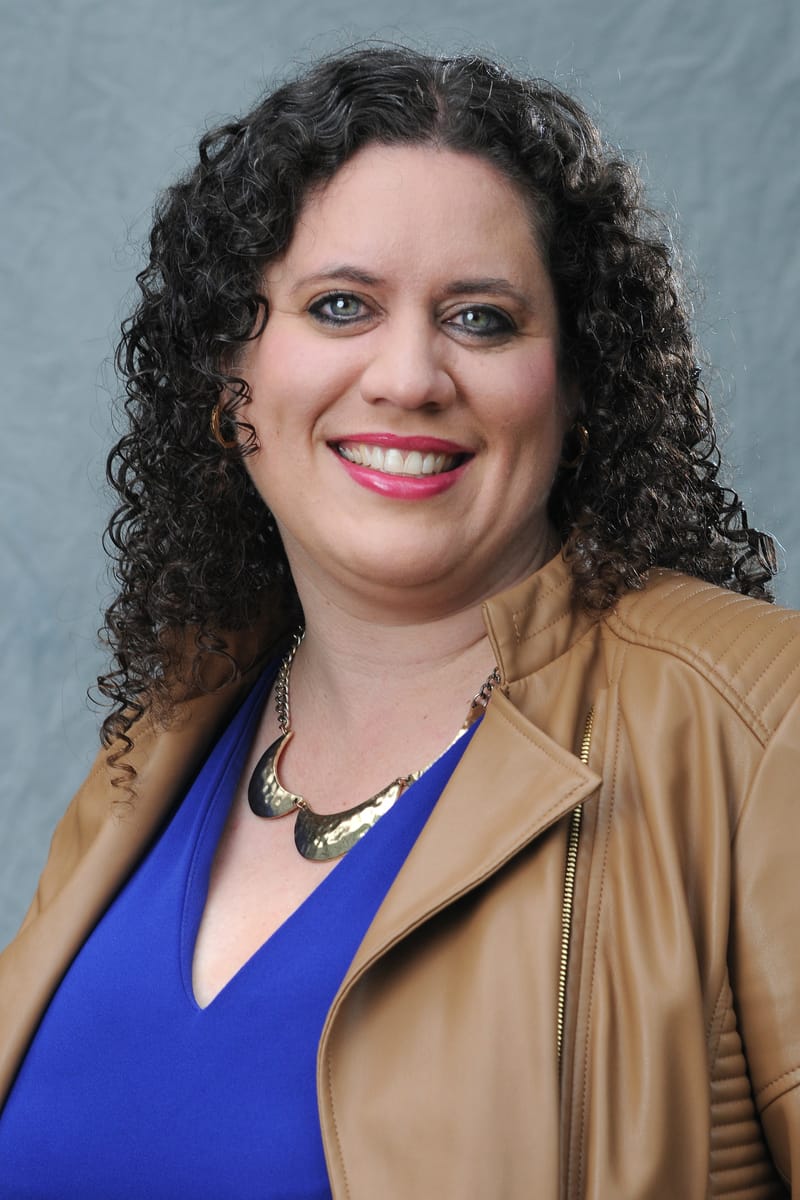Study shows potential therapeutic uses for psilocybin

This is what a brain on psilocybin looks like. Image by Nature
What you probably already know: A group of researchers at the Washington University School of Medicine in St. Louis have scanned the brains of dozens of people on “magic mushrooms,” or psilocybin, and we have to admit, it’s pretty groovy-looking. Seriously, though, the heat map shows how these kinds of psychedelic drugs affect the whole brain in ways other drugs do not, and showed up most strongly in areas of the brain focused on introspective thinking like daydreaming and remembering.
Why? The whole brain lit up and there were connections between areas that don’t usually connect, the study found. What’s particularly interesting is that the participants’ brains remained altered after the drug wore off, suggesting potential therapeutic uses for these kinds of drugs. Researchers have shown increased interest in using psychedelics to treat PTSD, depression, addiction and other behavioral health issues, though the continued listing of these drugs as Schedule I has made that challenging.
What it means: More studies are needed to determine how long-lasting treatments like this would be, but the early research suggests they’d require repeat treatments. But the researchers told the New York Times that even they were surprised by how big an effect psilocybin had on the participants’ brains. The images show evidence of neuroplasticity, or the brain’s ability to create new pathways and connections, the researchers said, which, with the right treatment, could help people change negative behaviors.
What happens now? Lots of cities and states are considering legalizing psilocybin, including some in traditionally more conservative areas like Utah and Missouri, largely for therapeutic uses. Oregon legalized it via a ballot measure in 2020 for mental health treatment in supervised settings, and Washington, D.C. followed suit later that year. It seems to be following a similar track to marijuana, which is also still listed as a Schedule I drug but is legal in many areas after first being introduced for therapeutic treatments.
Check out the Formidable Podcast — informational interviews with women leaders on news-driven topics, spotlighting timely and thought-provoking issues facing our world.
Listen on Spotify or Apple Podcasts.

